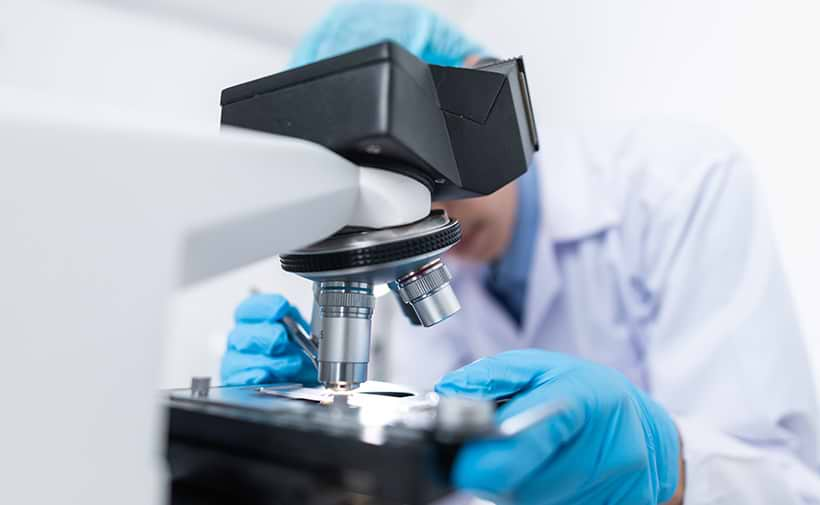L’Oréal and Micreos announced today the signature of a license agreement to join their expertise in biotechnology and the skin microbiome, the community of bacteria and microorganisms that live on the skin. Under the terms of the agreement, Micreos will give L’Oréal access to its endolysin, a type of active protein in the cosmetic field. With this technology, it is possible for the first time to target only unwanted bacteria in the skin flora – responsible for many skin problems – while sparing the good ones.
For 15 years, L’Oréal’s Research & Innovation has been cooperating with scientific institutions and conducting clinical studies to better understand the role of the skin microbiome. “The agreement with Micreos opens up a very promising field in high-tech cosmetics”, says Laurent Attal, Executive Vice-President Research & Innovation of L’Oréal.
Micreos develops new biological therapies based on phage and endolysin technology. Micreos CEO Mark Offerhaus: “We expect this partnership to be ground-breaking. L’Oréal has been a leader in skincare for decades. Micreos is at the forefront of targeted bacterial biotechnology. We pair our strengths and millions stand to benefit”. Micreos’ pharma development program includes endolysins that all target Staphylococcus bacteria, which cause or aggravate a broad range of health issues, including skin conditions.
About Micreos
Micreos develops new biological therapies based on phage & endolysin technology. The company is considered the leader in this field. It developed the world’s first endolysin-based products for human health, marketed under the Gladskin brand, and its technology was chosen as Europe’s most impactful innovation in 2018. Headquartered in The Netherlands, with a central staff in The Hague, Micreos has a technology centre in Zurich, Switzerland and three separate business units: Pharma, OTC and Food Safety, with operations in the Netherlands and the USA.
Micreos’ pharma program includes compounds against S. aureus for atopic dermatitis, diabetic wound infections and sepsis. The company works closely together with ETH Zurich and many medical and technology centers, including Erasmus Medical Centre Rotterdam, the Public Health Lab Kennemerland, the Academic Centre for Dentistry Amsterdam and Copenhagen University.

